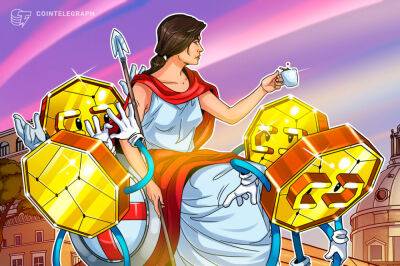What can other algorithmic stablecoins learn from Terra’s crash?
The spectacular implosion of the Terra ecosystem in mid-May left the crypto industry scarred. Though there were some brave critics who understood just how thin the razor’s edge was for TerraUSD (UST) — now TerraUSD Classic (USTC) — I think it’s safe to say that most people didn’t expect Terra to fail so fast, so dramatically and so completely irrevocably.
I’m writing this as the Terra community is voting on a plan to restart some kind of Terra 2.0 — a plan to salvage the layer-1 ecosystem without the UST stablecoin. The old Terra, now to be known as Terra Classic, is completely dead. An ill-fated attempt to backstop UST holders printed trillions of LUNA tokens, destroying their value and ultimately jeopardizing the safety of the network itself.
The complete wipeout of $50 billion in value seems to have made people decide once and for all that algorithmic stablecoins cannot work. But I think it’s important to have a more nuanced understanding of why the original LUNA failed and how others can learn from its lessons.
Related: Terra 2.0: A crypto project built on the ruins of $40 billion in investors’ money
The term stablecoin mostly evokes United States dollar-pegged currencies that aim to maintain a $1 value. But it’s important to remember that this is mostly a matter of convenience. The same mechanisms underpinning today’s USD stablecoins can be used to create coins that are pegged to the euro, gold, even Bitcoin (BTC), Nasdaq futures, or some specific stock, such as Tesla (TSLA).
It’s also interesting to note that stablecoins are not really a new crypto idea. Today’s stablecoin designs are closely related to either how money works under a gold standard — e.g., Maker’s Dai is a claim to a hard collateral just like early
Read more on cointelegraph.com











![Ethereum [ETH]: Identifying how good or bad Q2 was for the network](https://finance-news.co/storage/thumbs_400/img/2022/7/11/32925_u8200.jpg)








